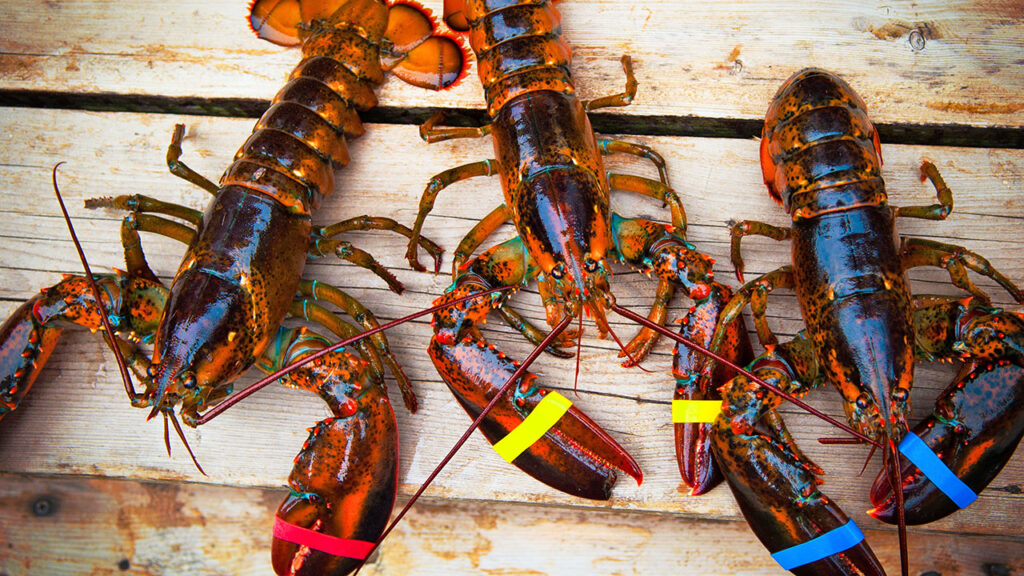Lobster Community Address Increase to Lobster Size Limits
Posted
Last Updated
The Lobster Institute’s U.S.- Canada Lobster Town Meeting took place in mid-January to open dialogue within the lobster industry in the Northeast of the United States and Canada. The event included various industry members, including commercial fishermen, scientists, policymakers, managers, and association representatives. Together, these individuals came to discuss matters that are shaping the lobster fishery.
he focused sessions at the meeting included lobster markets and the implications of gauge size changes in the United States, climate change, offshore wind development, and innovations in gear.
Session 1 was focused on lobster market issues and the impact of the U.S. minimum gauge size increase. In October, National Fisherman shared that if the bigger gauge is enacted, lobstermen will need to find ways to address the state of Maine’s inequities with Canada if this change is implemented within the states. The lobster abundance index passed a predetermined threshold of a 35% decline in recruit abundance indices and, as such, triggered the minimum gauge increase in hopes of enhancing spawning stock biomass.
Initially, the change was to be implemented on June 1, 2024. However, comments from the Maine Department of Marine Resources (DMR) and others have delayed the increase to January 1, 2025. They hoped the delay would provide additional time for the Maine lobster fishery to work with Canadian fisheries officials on management measures that support the equity of fishermen and stock resiliency on both sides of the border.
The Session 1 panelists included Dan McKiernan of the MA Division of Marine Fisheries, Kathleen Reardon of ME DMR, Pete Daley of Ready Seafood, Nat Richard of the Lobster Processors Association, and Stewart Lamont of Tangier Lobster Company.
The three themes that emerged from Session 1 were:
read more at nationalfisherman.com.

